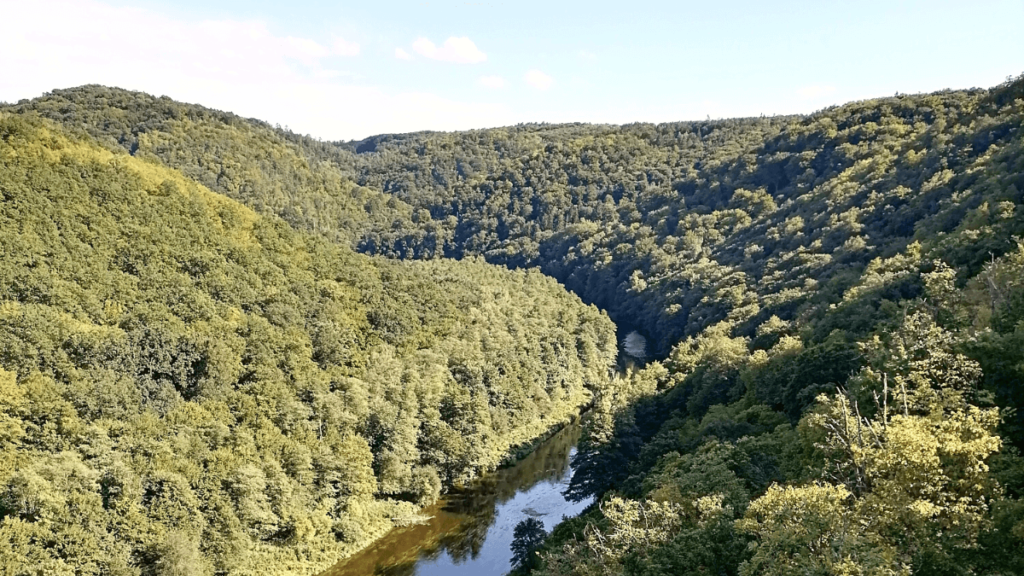As many national parks as there are in relatively small Austria: There are only a few full-time rangers, as Manuela Jenicek, ranger in the Thayatal National Park for the Austrian Ranger Association, says.
As part of our interview series with national ranger associations, she reports on the high proportion of part-time rangers in the ranger job and the associated difficulties, but also on what makes the work of rangers in Austria so important and what special features they bring to the international ranger community.
What kind of issues do Austria’s rangers have to deal with?
Most rangers in Austria work part-time, all under the umbrella of the National Parks Austria association. That means we have little security, for example there is no holiday pay. And of course the time resources are limited. I myself work a 40-hour job as a nurse and as a ranger on the side. On average, I do one guided tour per week. On top of the main job, it’s a big challenge. We also pay taxes on what we earn. There are a few with salaried contracts, but even they don’t earn excessively. The rest, like me, work on a freelance contract.
The high proportion of part-time workers is also a very big challenge for the national parks, which have to train new rangers all the time. Because often it is students who work as rangers alongside their studies, sooner or later switch to full-time jobs and no longer have the time resources for the ranger job. Nevertheless, I think it is simply too expensive for the national parks or the respective federal state and the state as the funding body to convert the freelance positions into full-time positions. Another major challenge in Austria is the sealing of soils, which are irretrievably lost as a basis for biodiversity. In our protected areas we therefore try to make people understand how important it is to be in nature and to preserve it.
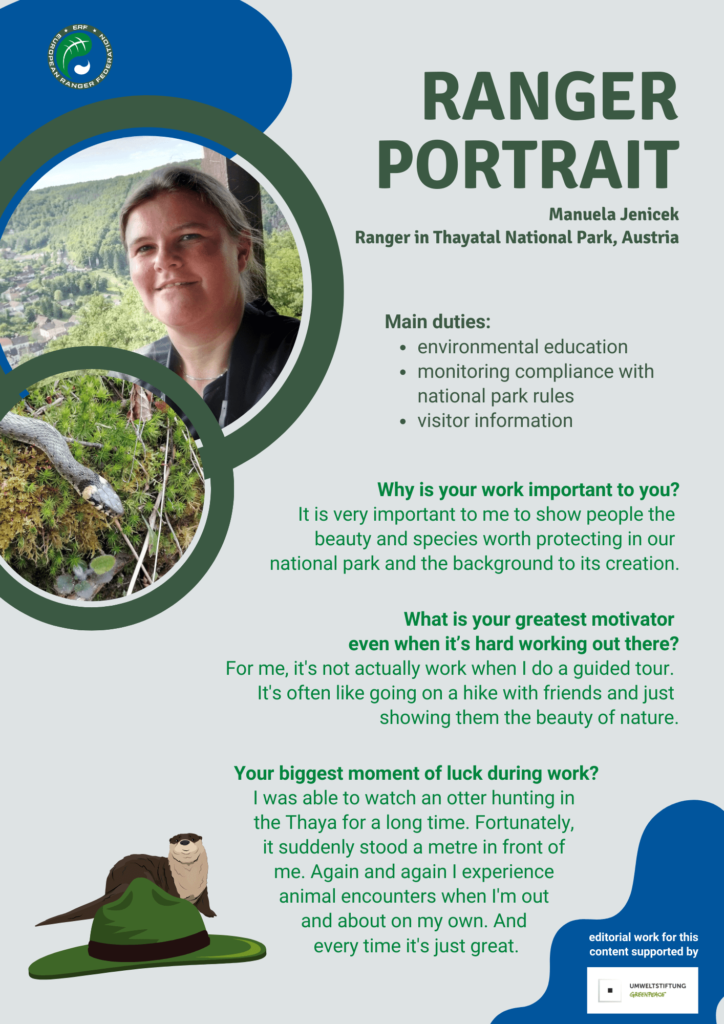
What are your main tasks as rangers?
Mainly we do environmental education through guided tours with schoolchildren and adults, but also public relations work, for example at fairs and events, where we provide information about our work. In the western national parks there are some full-time rangers who also work for research. Here, too, we are involved in research projects, for example on noble crayfish. In the Seewinkel National Park, the rangers include some ornithologists who ring the birds. In all national parks, rangers also monitor whether visitors follow the rules and inform them about it in the field. To prosecute violations, we have been sworn in by the state and given a badge. In serious cases, we are allowed to record their data and take photos, which we forward to the administration for further prosecution.
“We have a new concept for communicating nature via mobile information stand. This way we inform people in the field – about the rules, but also so that they perceive nature better. Otters, reptiles, all the many species: many people are not even aware that they exist here.”
In the past, we often had problems with mushroom pickers from whom we are allowed to take collected mushrooms. Today, cyclists are more of a problem, who travel on paths that are not designated for cyclists and simply continue when we approach them. Free-roaming dogs are another problem. Despite the compulsory leash, not only in the national parks, but also in the forests of Austria, many people do not see why they should take their dog on a leash. This disturbs fragile nature, especially in spring. Visitors who do not keep to the paths are the same problem. For us rangers, this means: the more visitors, the more control.
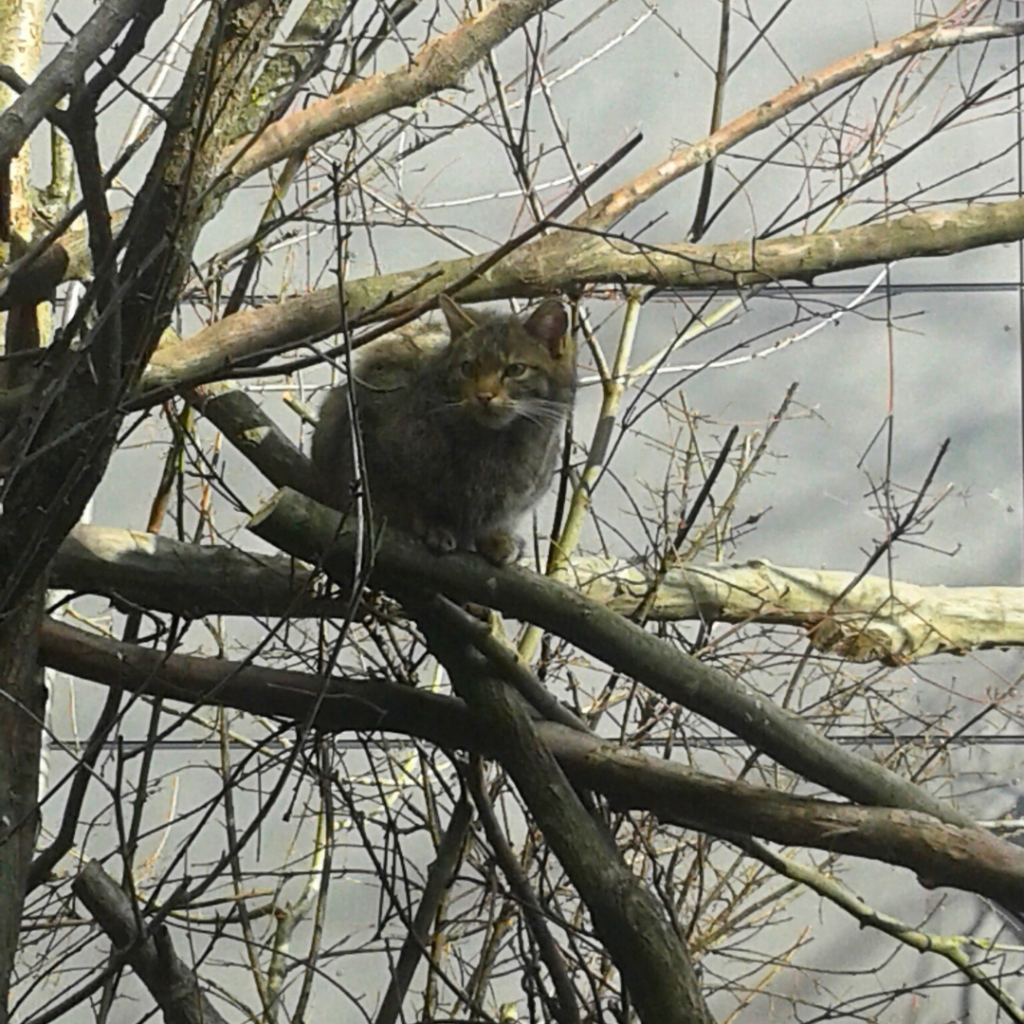
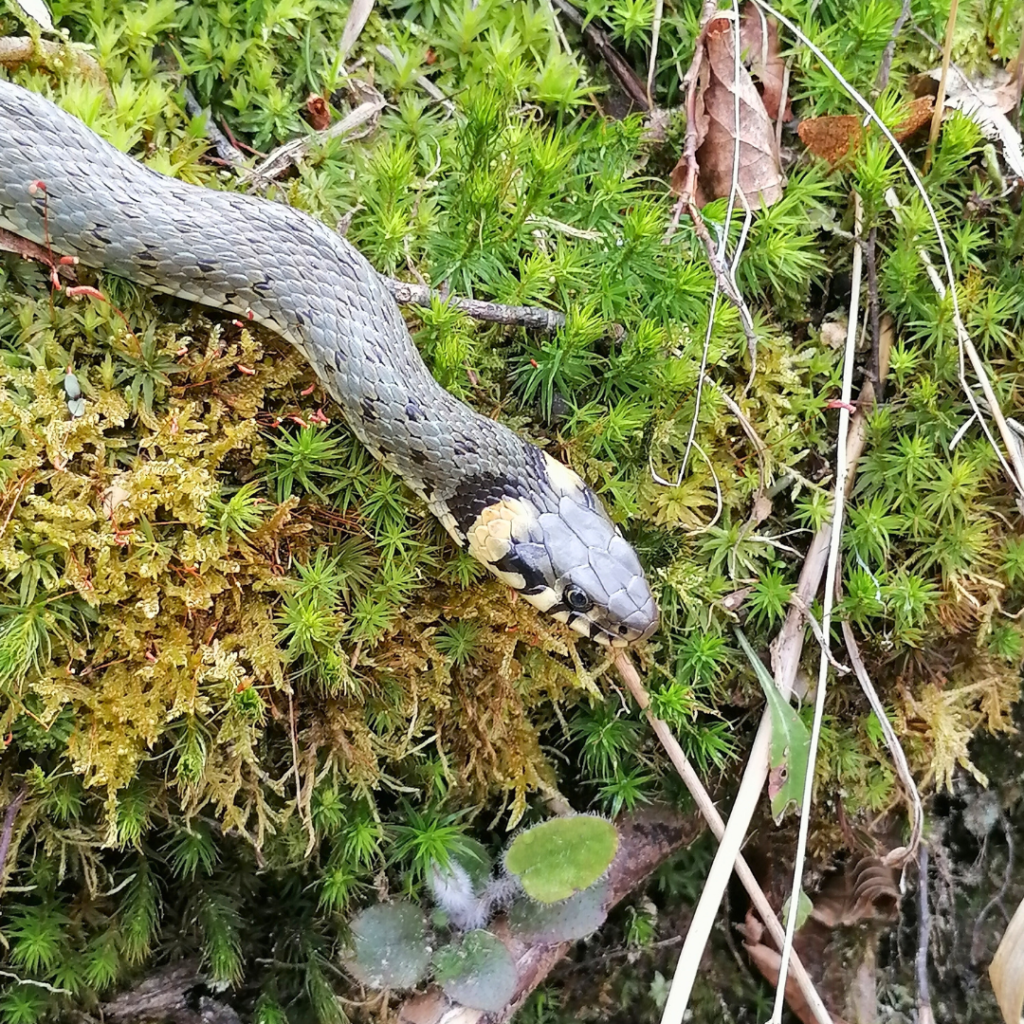
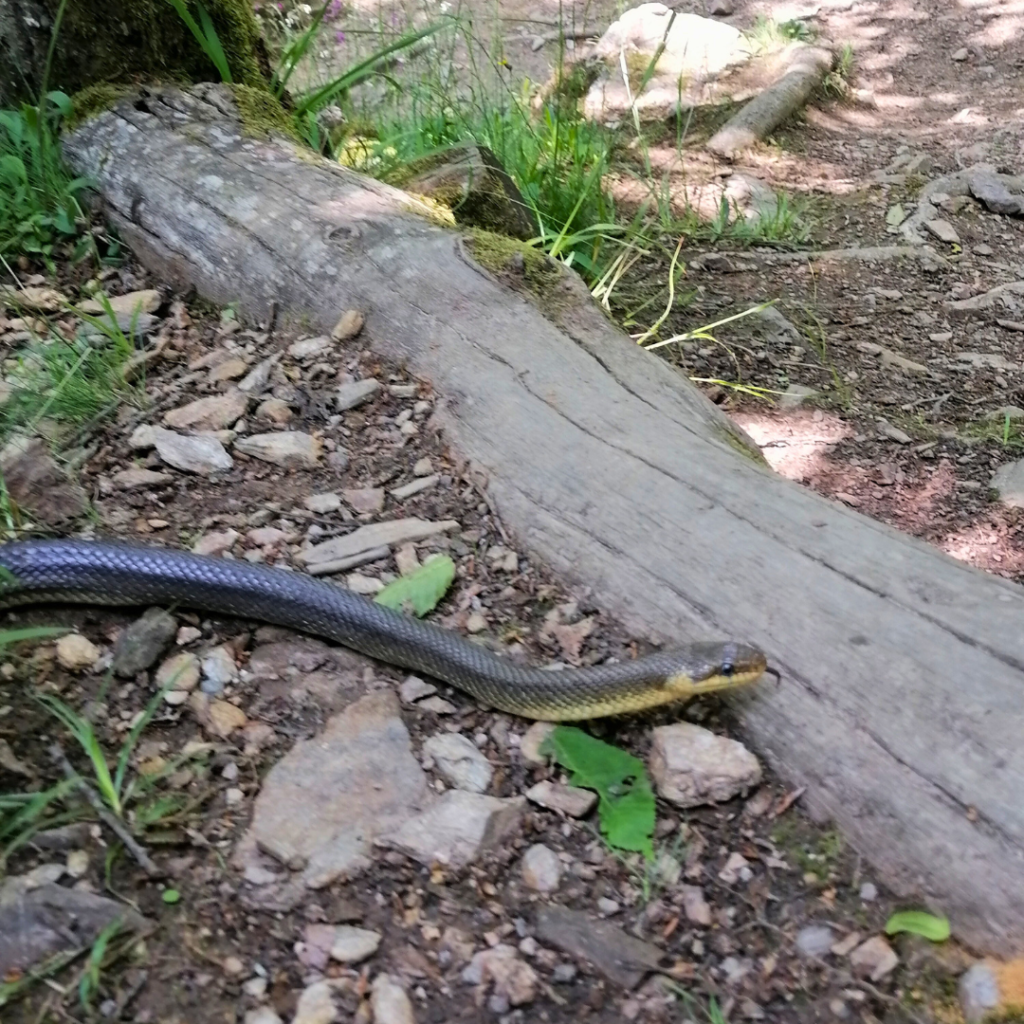
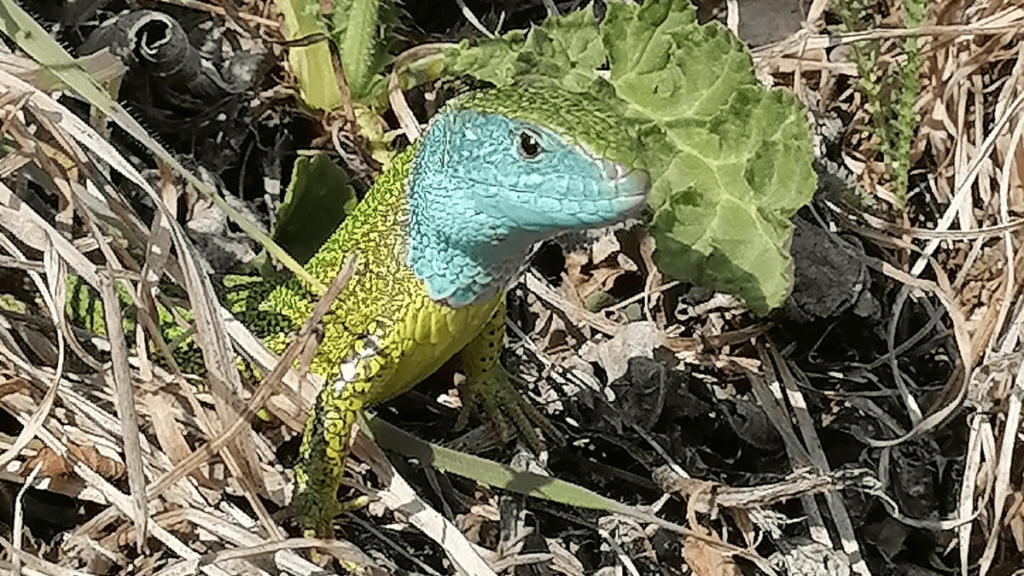
What solutions have you found to deal with these issues?
Like some of the other national parks, we have a new concept for communicating nature via a mobile information stand. We set it up in the field and inform people – about the rules, but also so that they perceive nature better. Otters, reptiles, all the many species here on the Thaya: many people are not even aware that they exist here. In this way, we can also better communicate how important it is to protect habitats and observe rules.
What is nature like for which Austria’s rangers are responsible?
We have six national parks, each of which has its own special features: At the Hohe Tauern National Park, the oldest and largest, it is the Alps. Centrally located are the Gesäuse National Park with the fluvial landscape of the wild river Enns and the Kalkalpen National Park, which has many old beech forests. The Donau-Auen National Park is about the floodplain landscape around Vienna, a national park in the big city. The Neusiedler See – Seewinkel National Park protects a steppe landscape with lots of reeds around Europe’s largest inland lake. The Thayatal National Park, where I work, is the smallest with 1360 hectares and is a protected area for deciduous and mixed forests. Austria is a small country, but we have six national parks. And in each one, visitors can get to know different natural habitats.
“Our uniform uniforms have the advantage that once people have seen a ranger in one of our parks, they will always recognise us as rangers in all other parks.”
How does the training and further education proceed?
The training lasts one and a half to two years. It includes a basic module with teaching units over 17 days, which is the same for all national parks and includes basic training in subjects such as botany or didactics. In addition, there are 25 training days, which differ between the national parks. The novice rangers must also accompany an experienced ranger on guided tours and other ranger activities such as monitoring the national park rules. At the end, there is an examination that includes a guided tour and a theory test and is completed with a certificate if successful. Further training courses are compulsory after completion of the training in order to keep the ranger certificate. They comprise two training days per year, one of them in the ranger’s own national park. National Parks Austria has an education catalogue for offers from all national parks from which we can choose.
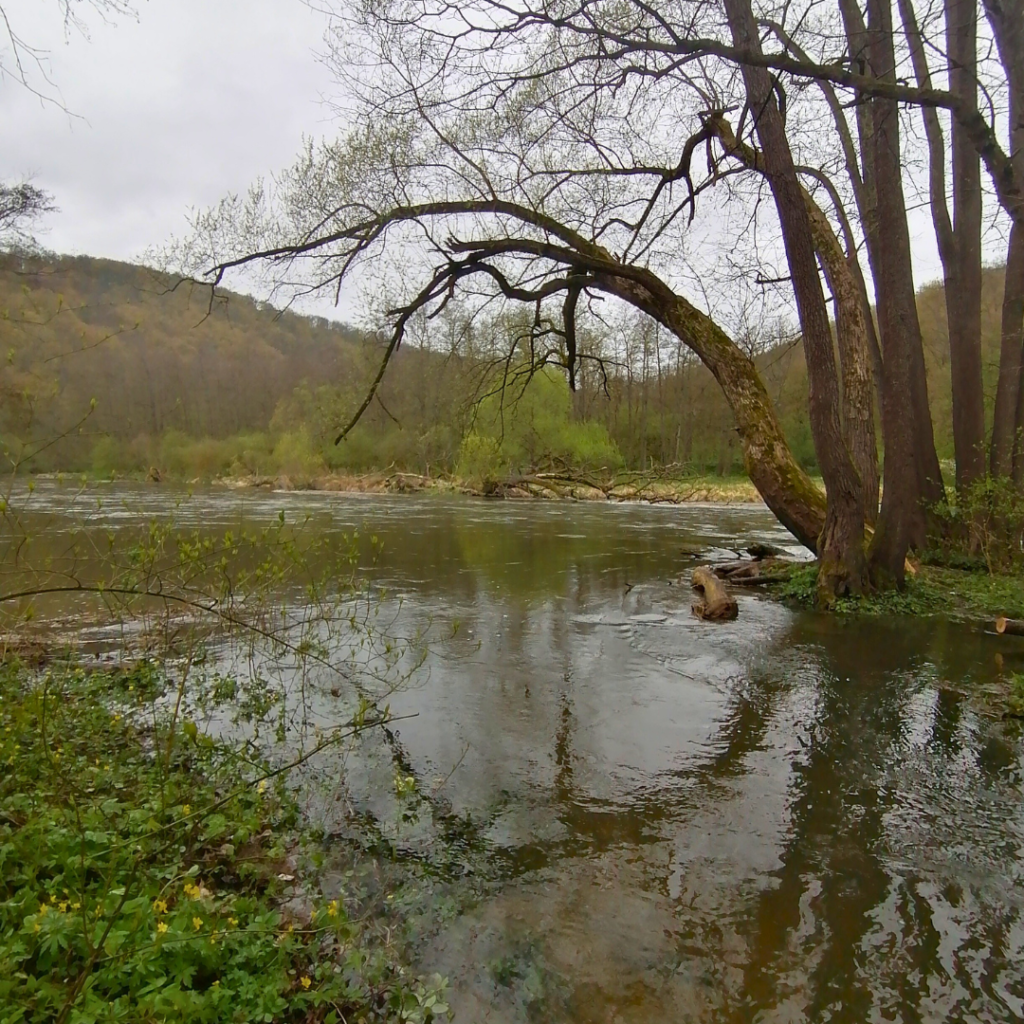
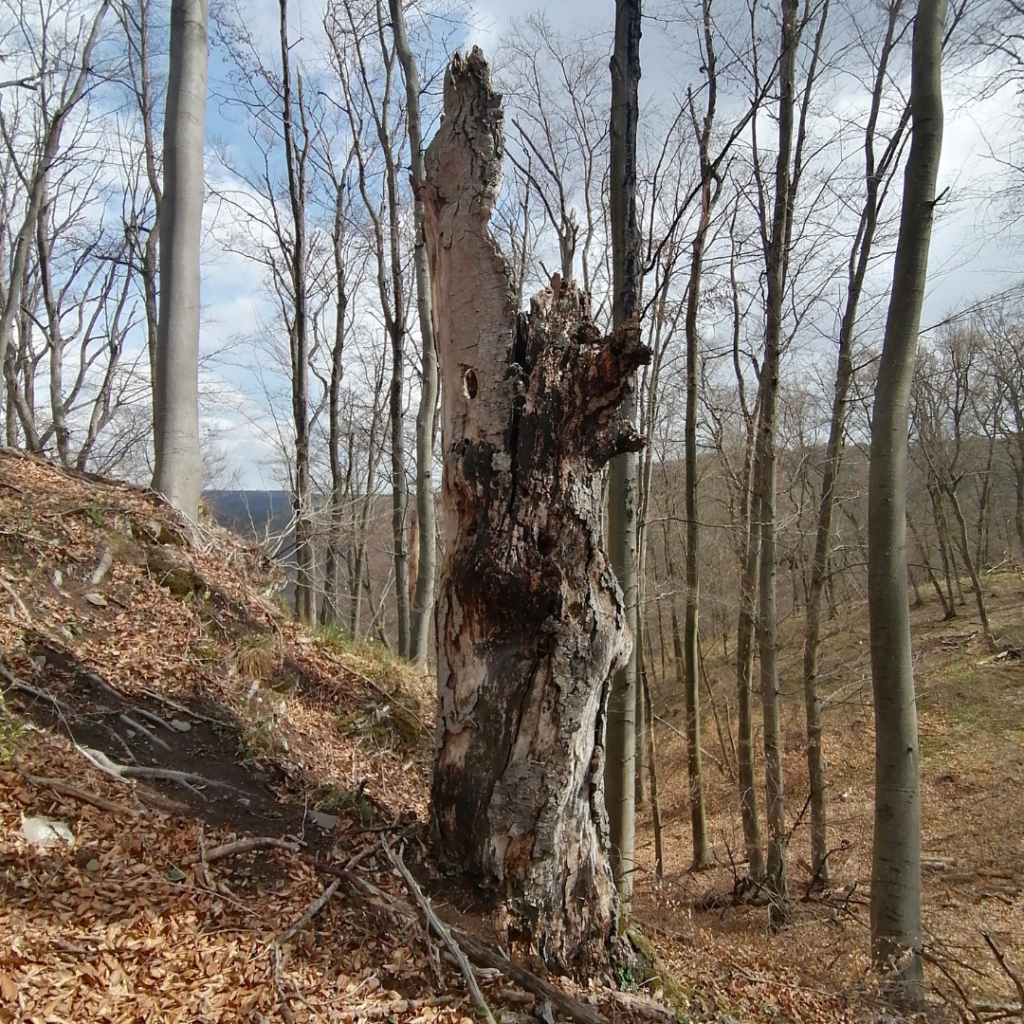
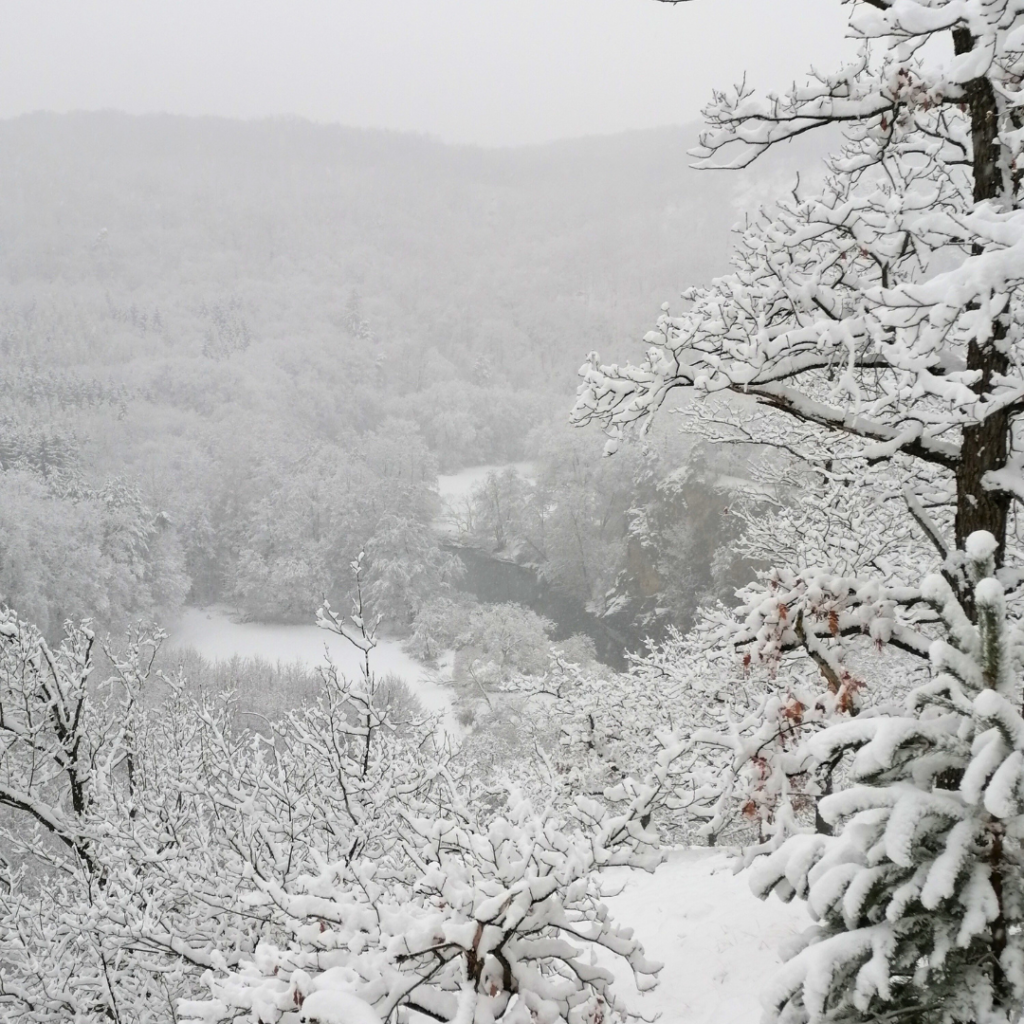
What can the rangers in Europe learn from the Austrian rangers?
At international meetings we notice time and again that our unified ranger uniform is well received. It is the same in every national park, only with the emblem of the respective national park. This means that anyone who has ever seen a ranger in one of our parks will always recognise us as rangers in all other national parks. The standardised basic training is also an advantage, because this way I could quickly start as a ranger in any other national park just by taking the advanced module.
“We offer summer camps for junior rangers to learn about biodiversity, the tasks and value of a protected area at an early age.“
We also have a staff day every two years, organised by the National Parks Austria association. In addition to personal exchange, the aim is to further develop our common mission statement “Nothing touches us like the untouched”. Under this, the IUCN guideline should be implemented in every national park, according to which no impact should take place on 75 percent of the area. Under this guiding principle, the umbrella organisation also informs the population with advertising and radio spots about terms such as national park or nature park, why they exist and what rules apply there. We also offer summer camps in almost all national parks for young people who, as junior rangers, learn about biodiversity and the tasks and value of a protected area at an early age.
editorial work for this
content is supported by


